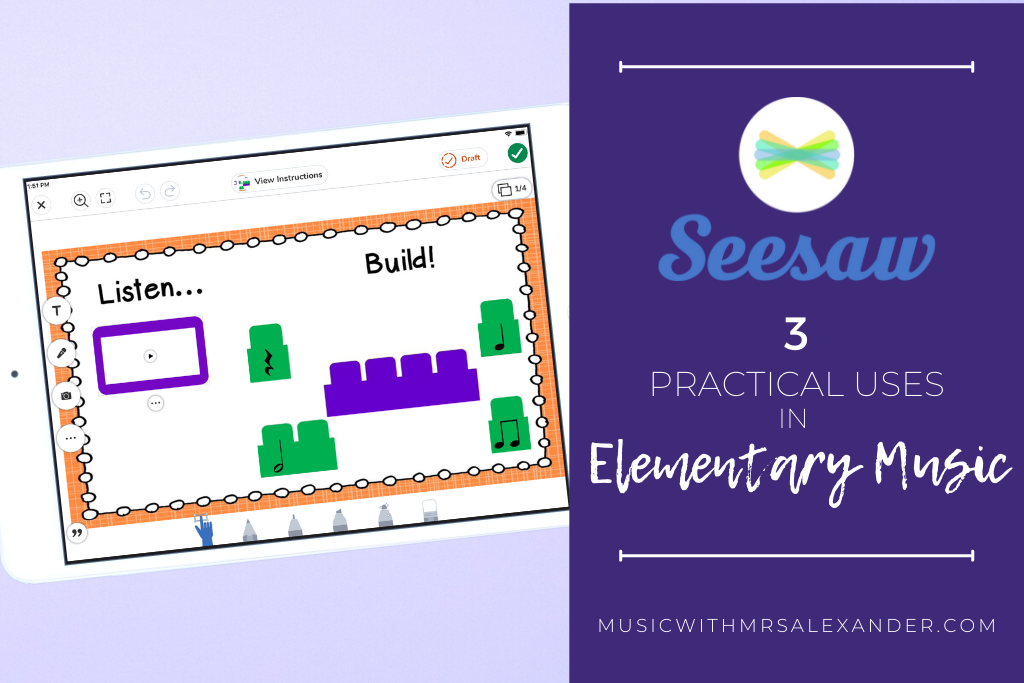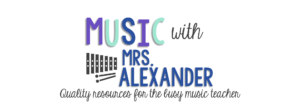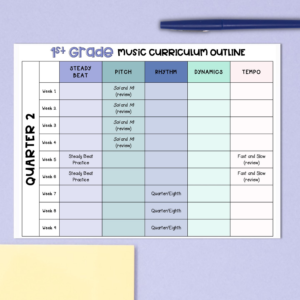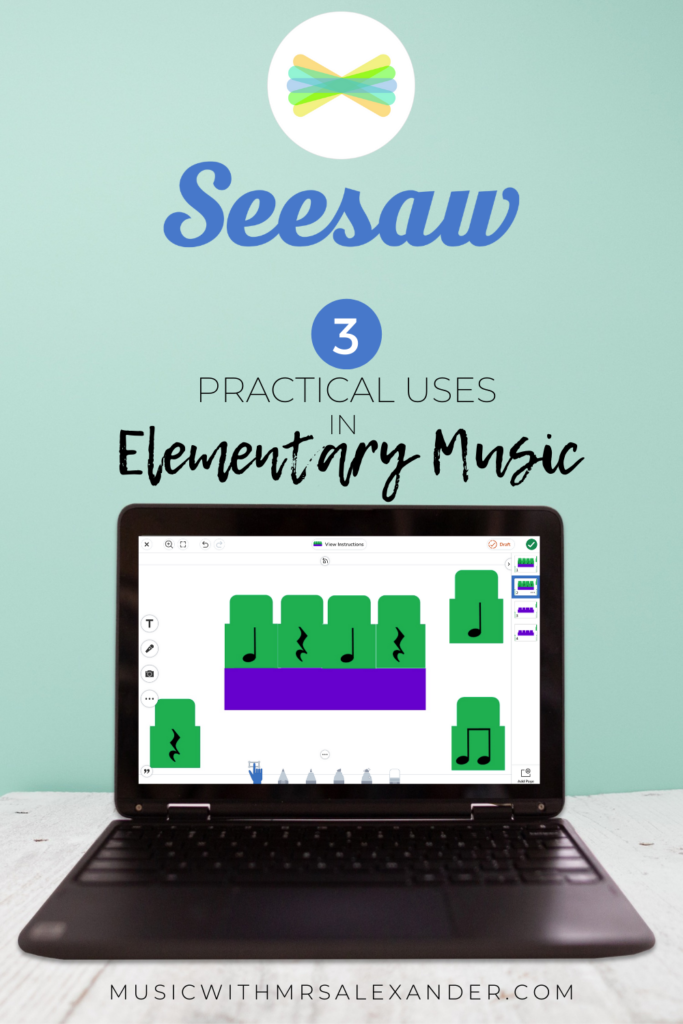
When it comes to apps and websites for my classroom, there are few as indispensable as Seesaw. I find myself using it several times a week! It is perfect for sharing student work, pictures, and video–giving families a glimpse into the classroom and creating a two-way avenue for communication. Interested in learning more about using Seesaw in your music classroom? These are my favorite ways to use the app to support instruction in elementary music.
So…what is Seesaw Learning?
From the Seesaw website:
Seesaw creates a powerful learning loop between students, teachers, and families. Students use built-in multimodal tools to capture what they know in Seesaw’s digital portfolio. Teachers see all stages of student thinking and progress — enabling them to teach better. Families gain a window into their student’s learning and engage in home-to-school connections.
Seesaw is incredibly user-friendly for students, families, and teachers. Students can log in using several methods:
- Clever, a single sign-on platform for education
- Email log in using school-issued email addresses
- Scanning a login QR code generated in Seesaw
The QR code saves SO much time with my students because they don’t have to type in anything. Just scan the code, tap their name in the class list, tap the green check, and they’re in!
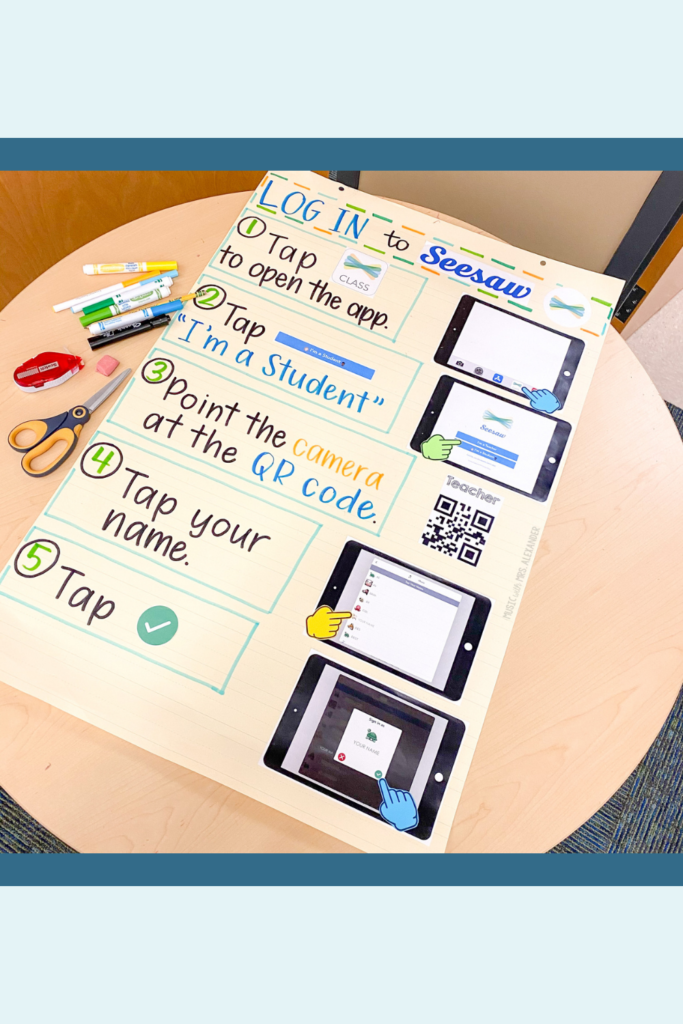
For families, teachers send home a different QR code to log in and see their student’s work. After creating an account, they can scan the QR code and access their student’s Seesaw portfolio via the Seesaw Family app or through the website using most browsers.
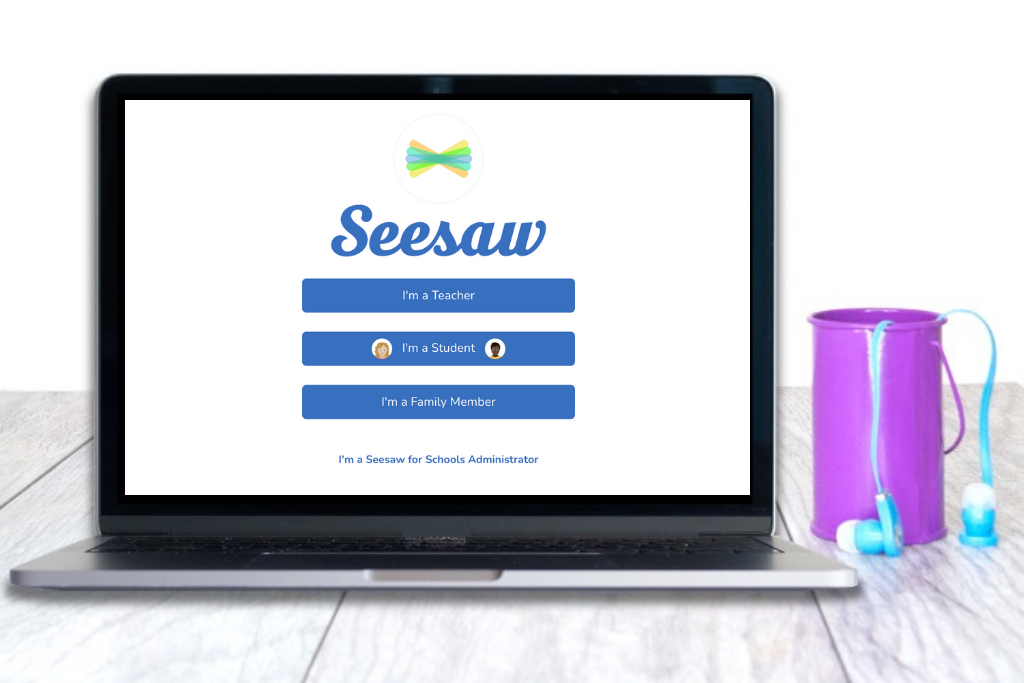
Seesaw takes student privacy very seriously. Families are only able to see their student’s work. For students, the teacher can control if students can see and comment on each other’s work. Plus, teachers can choose to view and approve all comments to students’ journals.
My Seesaw Learning Journey
I started using Seesaw in 2017. It was still relatively new to me, and I didn’t take enough time to fully understand how it worked. It quickly became my favorite tool for sharing pictures and videos from class. When you teach a class where virtually no written work goes home, that is essentially the only way to showcase student learning. Photos and videos give parents a glimpse into the music room. They also spark conversations at home, allowing students to discuss what they’ve learned with their families.
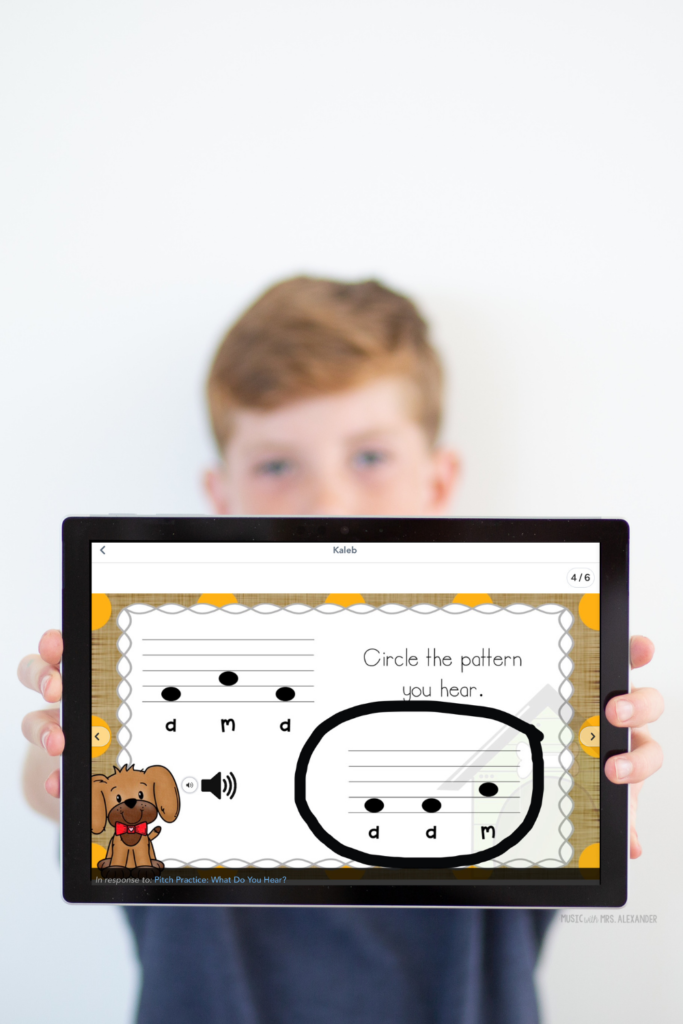
I became a Seesaw Ambassador in 2018, which allowed me to train other teachers at my school in using Seesaw. Around that time, I started to use the app for more than just photo/video sharing. I dabbled in the Activities feature, assigning students simple note-reading tasks to complete during class time. It was very basic–they would record themselves saying and clapping a page of rhythms, and I would grade it later. No depth or complexity whatsoever!
I didn’t truly appreciate the value of Seesaw and its capability for more challenging activities until our schools went virtual in 2020. It came in clutch when I needed to assign work for students to complete at home. That fall, we were hybrid for the first two months of the school year. On the days our students were at home, we used Seesaw to post agendas for the day. I also had several virtual sections of music I taught during that school year. If it wasn’t for Seesaw, I could not have done virtual teaching. I was able to upload my weekly agendas, link every video or activity my students needed, and they were able to send their work back using the same platform.
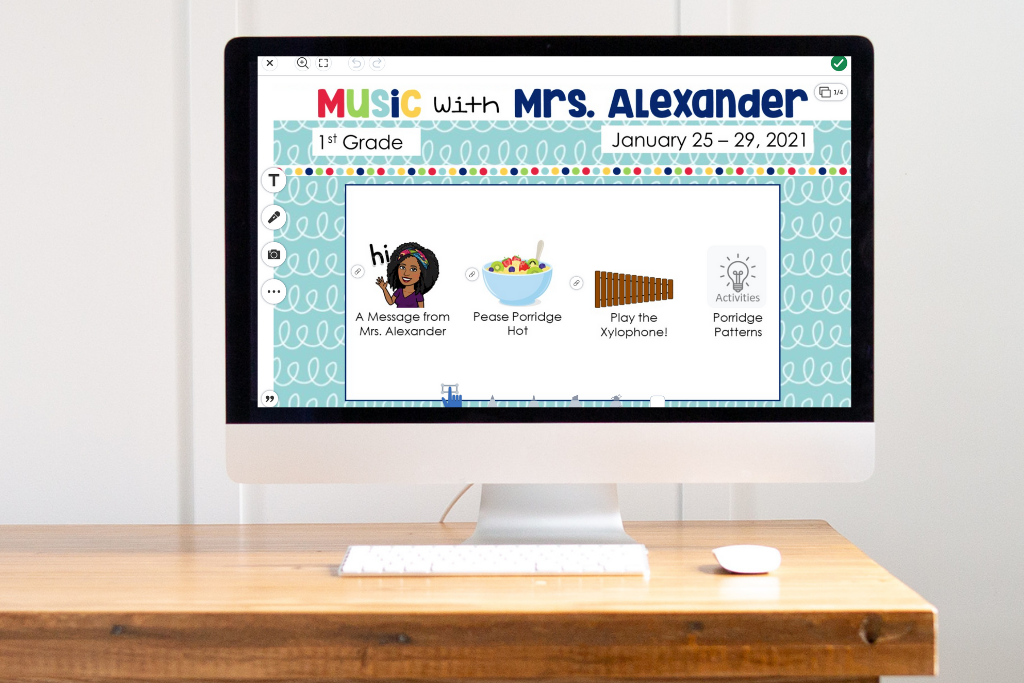
Using Seesaw in the Music Classroom
Seesaw is an invaluable resource in my elementary music classroom. Beyond sharing pictures and videos with families at home, it has become my go-to tool for quick assessments of student learning. It has also created a new way for my students to demonstrate their understanding of concepts while creating a learning timeline that we can look back at later in the school year. Activities, assessments, and home learning are just a few ways I’ve integrated Seesaw into my elementary music classroom.
Interactive Activities
Seesaw has given me a valuable set of digital tools for practicing various musical concepts with my students. Their Activities feature allows me to create tasks for my students to complete and then assign them to my students. I can send it out to a single class or all 38(!) classes I teach in a week. From rhythm writing to listening exercises to practicing staff notation, I can customize activities to meet the unique needs of every student.
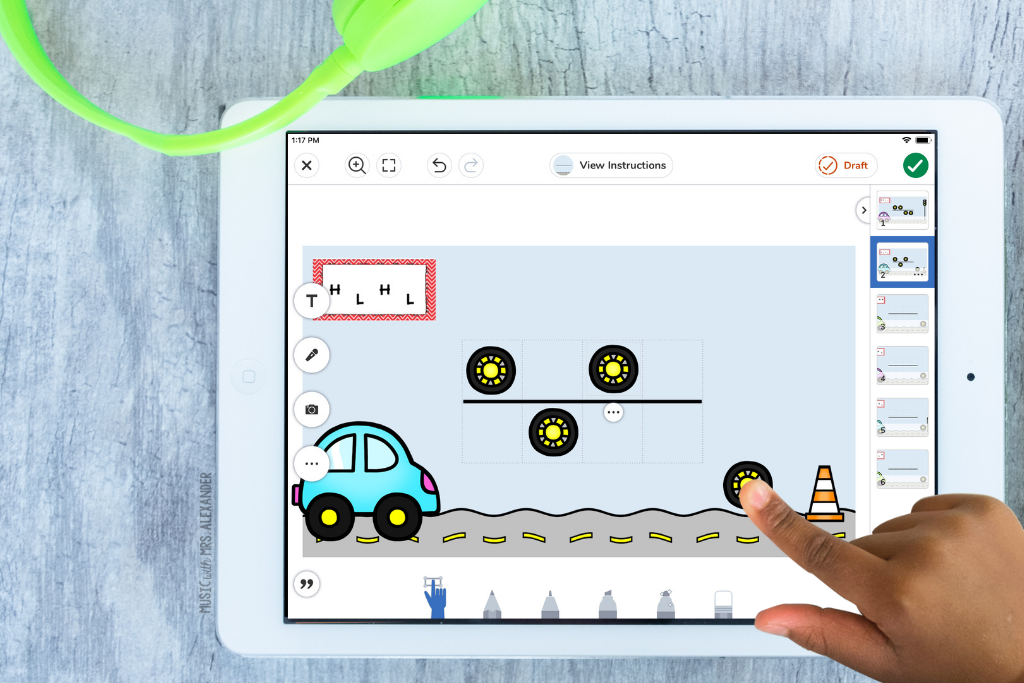
Seesaw’s newest feature allows audio files to be added to activities, making listening exercises a breeze. I created a mystery listening assignment for my second graders where they had to listen to the example and decide which instrument they heard. Instead of circling the correct choice, I had them delete the incorrect ones. When they finished the activity, they had a digital book of listening examples from each instrument family.
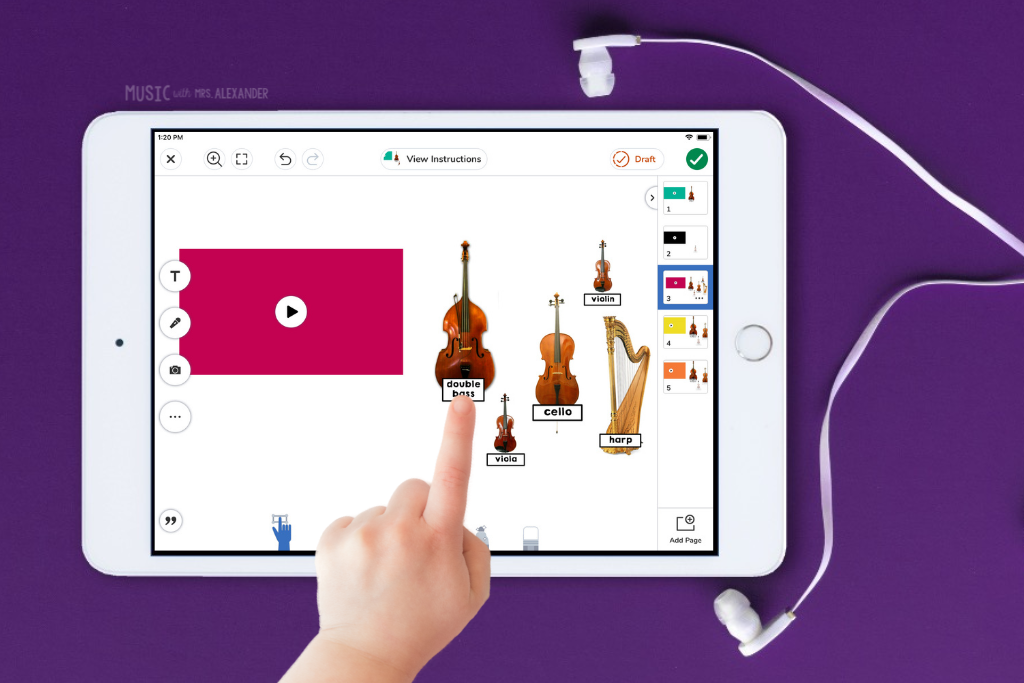
Already using Seesaw? I’ve shared a few of my favorite activities to the community library. Click the pictures below to get a copy for yourself!
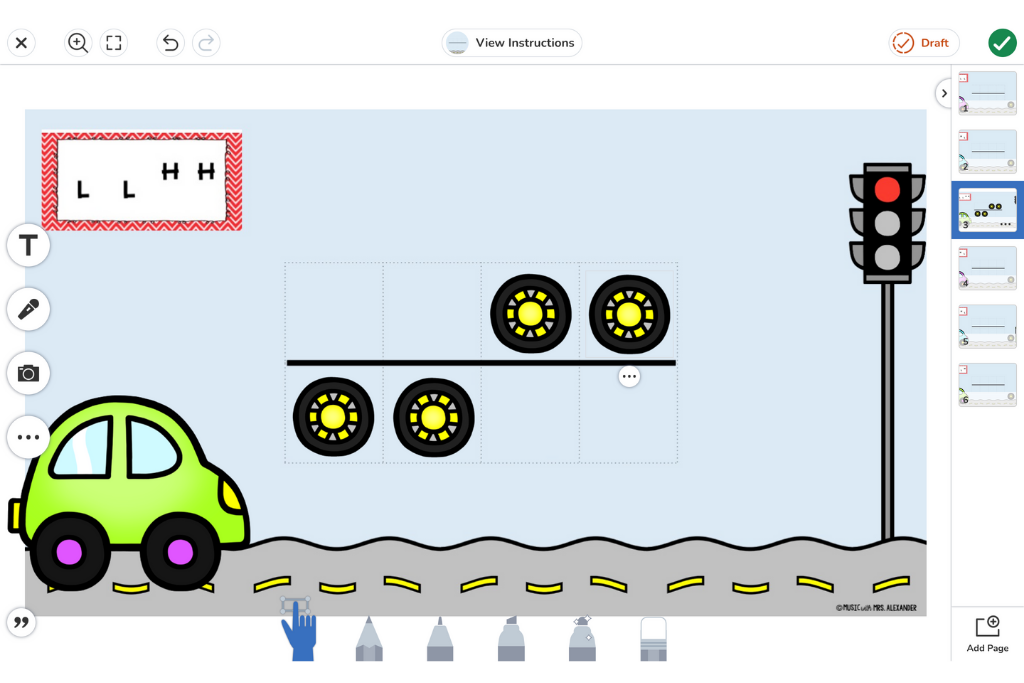
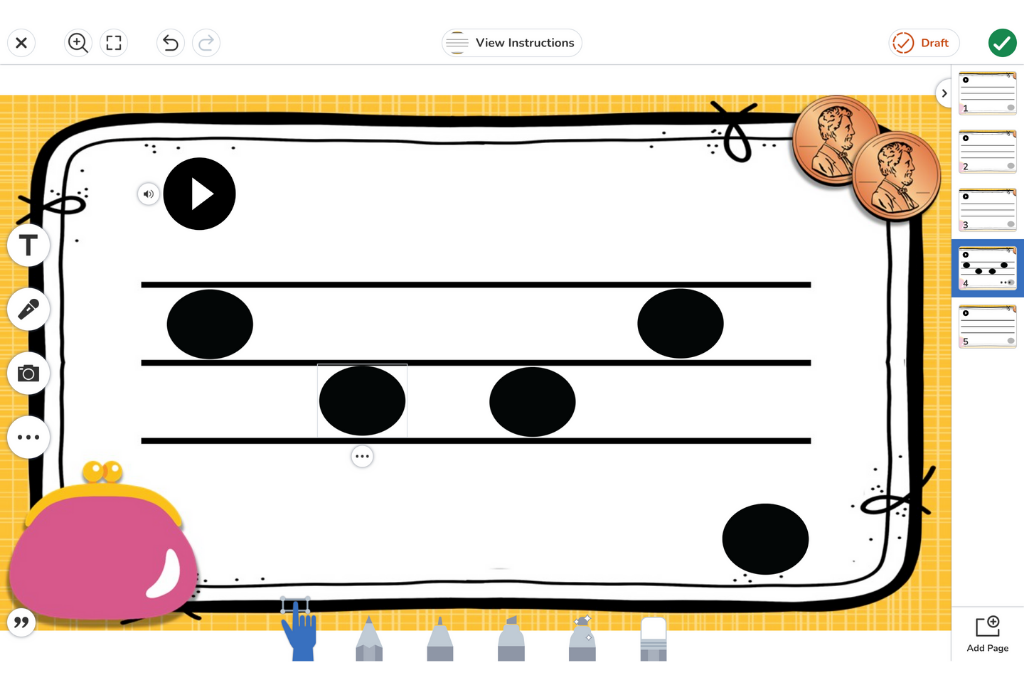
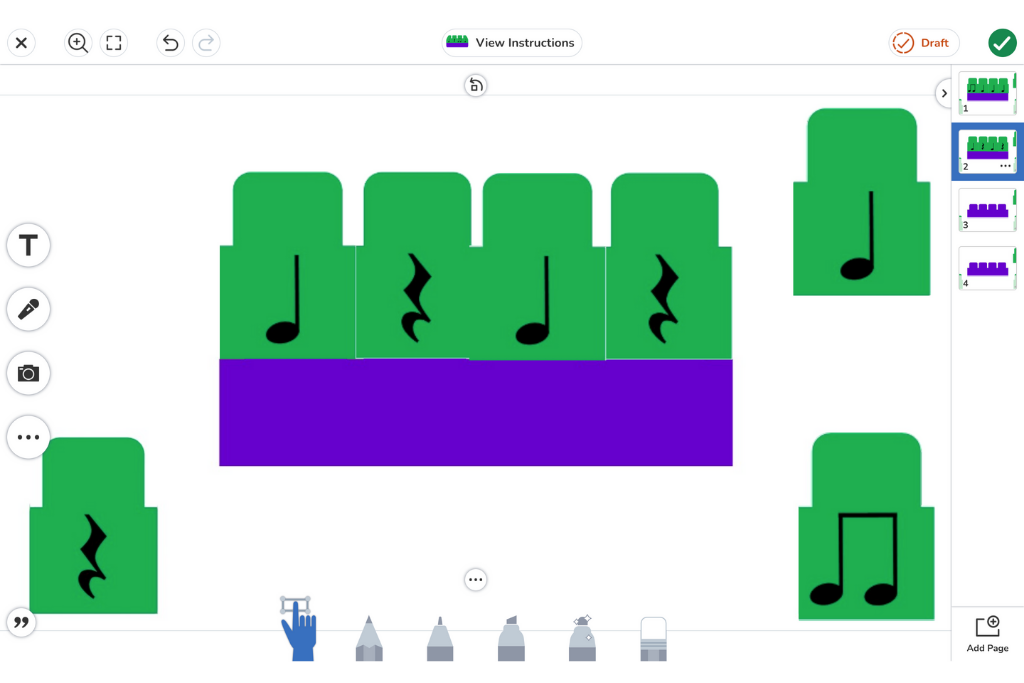
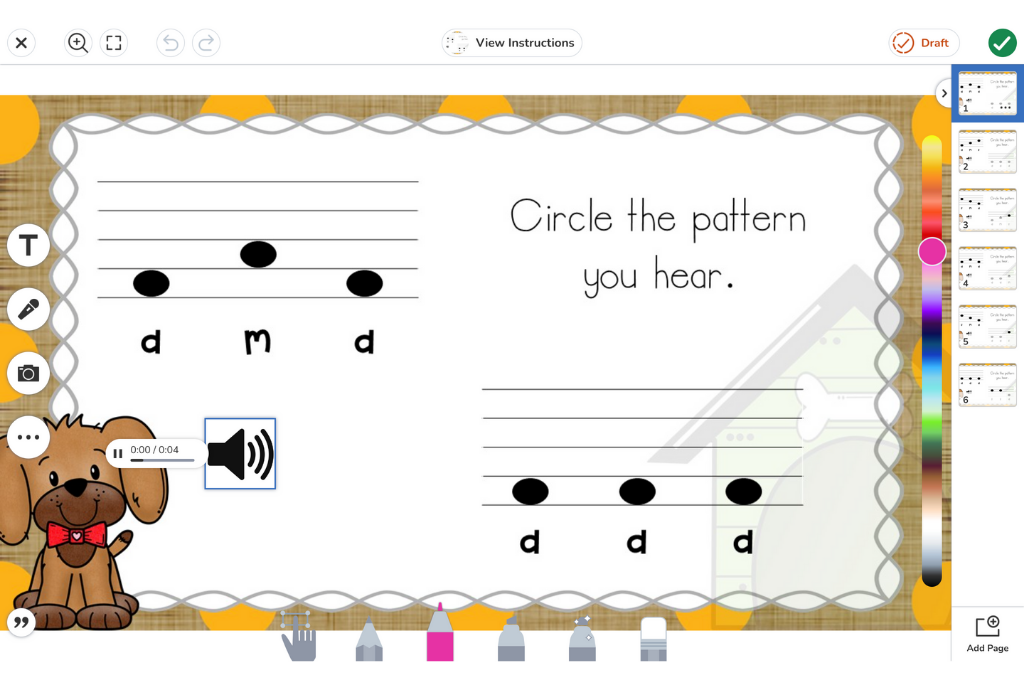
Assessment
Seesaw also provides avenues for assessment beyond traditional paper and pencil testing. Since I spend very little time doing worksheets in class, a written assignment isn’t an accurate evaluation of student learning. Seesaw allows me to create assessments that align with the way I teach. For instance, I can create an activity where my students can record themselves decoding the rhythm of a known song. With the microphone tool, students can draw and record simultaneously. I can hear them say and clap each word WHILE they write the number of sounds on each beat.
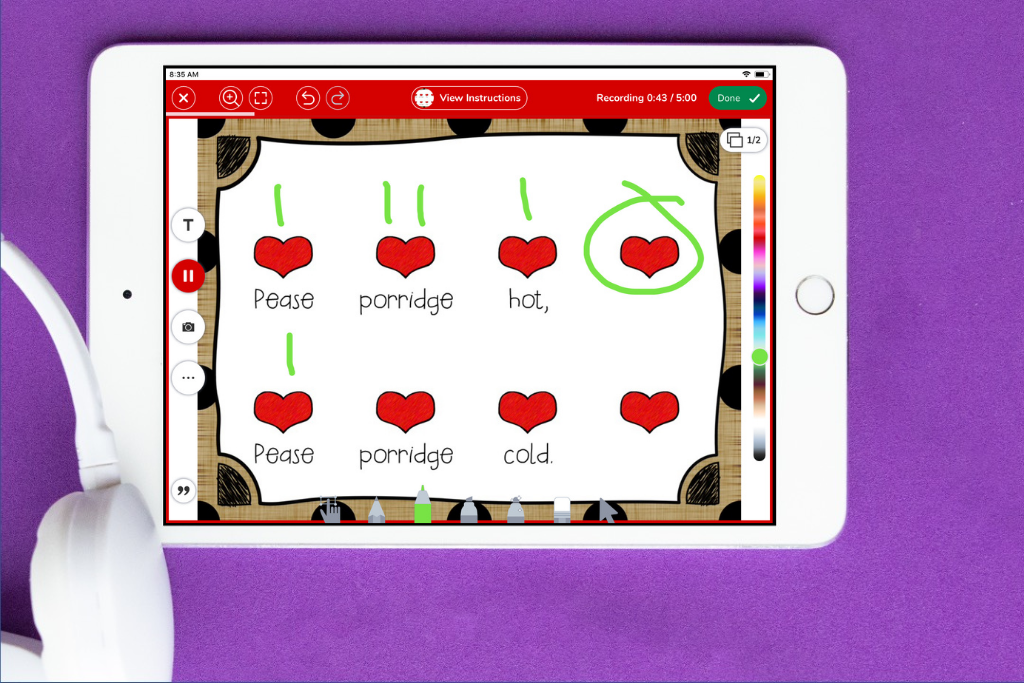
Seesaw’s video tools also make evaluating student performances easier. Teachers can have students video themselves during class, or they can employ a flipped classroom model, allowing students to record themselves at home. Both options free up class time for instruction instead of assessment.
To learn more about the creative tools available to students in Seesaw, visit their help center here!
Learning at Home
As I mentioned before, Seesaw made virtual learning and teaching so much easier. During the shutdown, home learning codes allowed students to log in and work in the app from home, something they couldn’t do before. I created a form for parents to request a code for their students, and I used mail merge (and some Excel magic) to look up the code and email it back to them. This allowed me to stay in touch with my kids and provide a little fun while they were at home. To learn more about remote and hybrid learning with Seesaw, check out their step-by-step guides here!
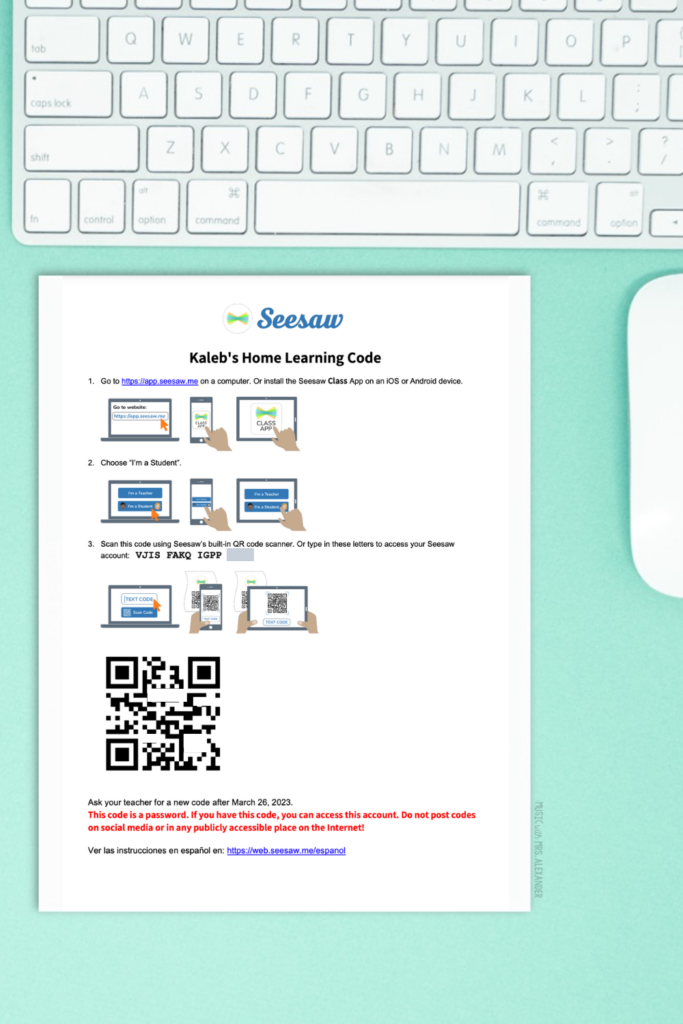
I hope this post has shown you how helpful Seesaw learning can be in your elementary music classroom. If you have any questions, please reach out in the comments below! Also, if you’re looking for a curriculum framework that gives you the flexibility to use tools like Seesaw with your students, check out this post and grab a free copy of my K-2 music scope and sequence!
